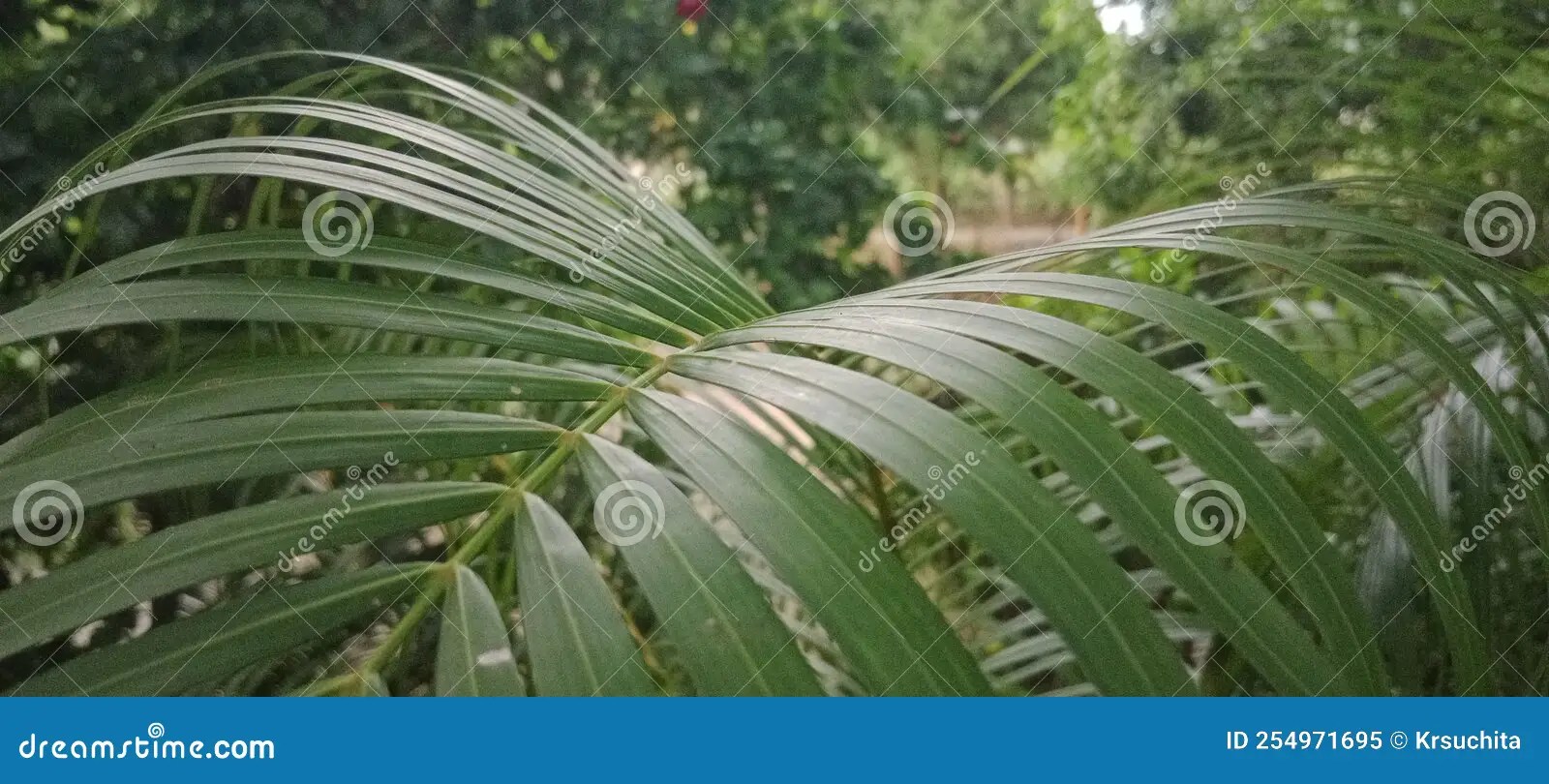Uh oh, noticed some holes in your areca palm’s beautiful leaves? Don’t panic! This guide will walk you through diagnosing the problem and restoring your palm’s vibrant foliage. We’ll explore everything from pesky pests to fungal infections and even simple environmental factors. Let’s get your areca palm looking fabulous again!
Identifying the Culprit: Why Are There Holes?
Holes in areca palm leaves are like a plant’s cry for help. They signal an underlying issue that needs attention. Let’s investigate the usual suspects:
Pest Patrol: The Tiny Troublemakers
- Spider Mites: These nearly invisible arachnids leave tiny, stippled holes, often accompanied by fine webbing. Dry air exacerbates the problem, so boosting humidity can help. Check out our guide on dealing with spider mites.
- Caterpillars: Larger, more irregular holes often suggest caterpillars are enjoying a leafy meal. You might even spot them munching away!
- Snails and Slugs: Irregular holes with silvery slime trails are a telltale sign of these nocturnal nibblers.
Fungal Foes: The Unseen Attackers
- Leaf Spot (likely Cercospora sp.): This fungal disease causes small brown spots that eventually develop into holes. Improving air circulation is key to preventing its spread.
Environmental Stressors: The Silent Saboteurs
- Underwatering: Dry, brittle leaves are more susceptible to tearing and developing holes. Consistent watering is crucial.
- Physical Damage: Sometimes, the holes are simply from accidental tears or rips. Consider the plant’s location – is it bumping against something?
- Chemical Burns: Chlorine and fluoride in tap water can cause leaf discoloration and spotting. Switching to distilled or filtered water can help.
- Nutrient Deficiencies: While less common, a lack of essential nutrients can weaken leaves, making them more prone to damage.
A Step-by-Step Guide to Healthy Areca Palm Leaves
Now that we’ve explored the potential causes, let’s create a plan to address those pesky holes.
Step 1: Examine the Damage
Carefully inspect the leaves for clues. Are there brown spots? Webbing? Insects? Physical tears? Take note of the damage’s characteristics.
Step 2: Consult the Troubleshooting Table
This table will help you pinpoint the likely cause:
| Symptom | Potential Cause(s) | Solution |
|---|---|---|
| Tiny, stippled holes, webbing | Spider mites | Increase humidity (misting, humidifier), insecticidal soap |
| Larger, irregular holes | Caterpillars, snails, slugs | Handpick pests, use barriers (diatomaceous earth), beer traps for slugs and snails |
| Larger spots, holes | Fungal leaf spot (e.g., Cercospora) | Remove affected leaves, improve air circulation, consider a fungicide (for persistent cases) |
| Dry, brittle leaves with holes | Underwatering | Adjust watering, ensure drainage |
| Tears, rips | Physical damage | Relocate plant, handle gently |
Step 3: Implement the Solution
Choose the appropriate solution from the table and follow the instructions carefully. Be patient – it may take time to see improvement.
Step 4: Prevention is Better Than Cure
Proactive care is the best defense against future problems. Consider these tips:
- Watering: Water deeply when the top inch of soil feels dry. Learn more about proper watering techniques.
- Humidity: Areca palms love humidity. Group them with other plants, use a humidifier, or place a tray of water nearby.
- Light: Provide bright, indirect light. Avoid direct sunlight, which can scorch the leaves.
- Fertilizer: Feed your palm regularly during the growing season (spring and summer) with a balanced liquid fertilizer. Find the right fertilizer for your palm.
- Pest and Disease Control: Regularly inspect your palm for signs of pests or diseases. Early detection is key.
Ongoing Research and Future Perspectives
While the solutions mentioned are generally effective, each situation is unique. There may be multiple factors at play, or your palm might have a combination of issues. Ongoing research continues to explore the complex interactions between areca palms and their environment. If you’re still unsure, consulting with a local plant expert might provide further insights. For a truly rewarding gardening experience, discover the secrets to growing delicious asparagus from seeds and create a lush, fragrant carpet with the vibrant asiatic jasmine ground cover.
- The Best Battery Picture Lamps for Effortless Artwork Illumination - April 1, 2025
- Double Sink Bath Vanity Tops: A Buyer’s Guide - April 1, 2025
- Bath Towel Measurements: A Complete Guide to Choosing the Right Size - April 1, 2025










